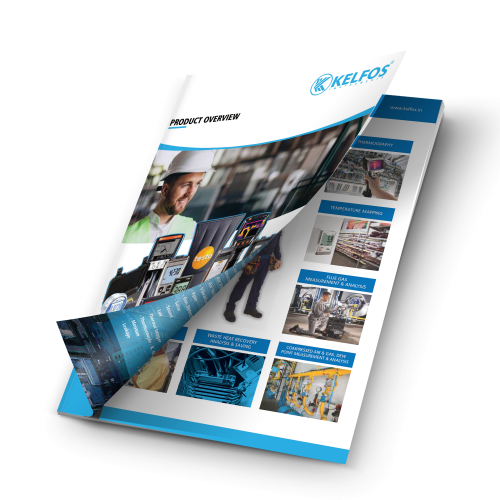Agriculture /Green House
Exceed Weather Limitations With Greenhouse Farming
Due to the crops’ frequent exposure to unfavourable weather, crop cultivation is a difficult endeavour. The pace of agricultural production is significantly influenced by weather and climate conditions. However, restrictions have no place when agricultural production plays a significant role in ensuring global food security. As a result, farm management techniques that entail farming in a controlled environment were developed as a result of the quest for solutions. One of the fundamental types of farming in a controlled environment is greenhouse farming.
What Greenhouse Farming Involves
Growing crops in protected structures that are covered in a transparent, or partially transparent, material is known as greenhouse farming. The main goals of greenhouses are to create ideal conditions for growth and to shield crops from pests and unfavourable weather.
Growing crops is a highly dangerous industry. The most significant benefit of greenhouse farming is that it allows for efficient management and lowers risks brought on by unfavourable weather. In more tangible terms, greenhouse farming improves the conditions for growing crops and shields them from severe weather. Additionally, some types of greenhouse farming (greenhouses with controlled heating) allow farmers to grow crops outside of the traditional growing season or even extend the growth season. Additional equipment in greenhouses allows for perfect control of crop development, resulting in quicker growth and greater yields.
Ensure product quality, avoid product loss and increase plant availability
Food processors must find more effective ways to boost productivity uptime and decrease product losses due to pressure on sales, profitability, and product quality as well as a lack of competent labour. Production check stages can be considerably enhanced by adding or removing laboratory measurement with inline measuring instrumentation, which will increase throughput, decrease hold times, and lower the danger of off-spec output.
In order to grow crops with the best possible development and production, they must be grown in a greenhouse, which is a framed building coated in a transparent material.
The practise of giving plants ideal environmental conditions is known as greenhouse technology.
The fastest-growing industry among all agricultural producing activities is the greenhouse sector. The most lucrative business prospects are found in greenhouses, which are like gold mines.
The primary purposes of a greenhouse are the cultivation of annual and perennial crops, the production of premium flowers and vegetables, and the preparation of a nursery through tissue culture.
This is the goal shared by all food producers globally. However, it is frequently much greater; 5% and more are not unusual. Waste happens during the preparation of food for a number of reasons, including production switchovers, recipe mistakes, or production delays that cause raw materials to
deteriorate and vary.
Inline quality measures are used to ensure quality and further cut waste. They help to enhance or even eliminate some of these situations.
Advantages Of Greenhouse
- The yield maybe 10-12 times higher than outdoor cultivation depending on the type of greenhouse, type of crop, and environmental control facilities.
- Reliability of crop increases under greenhouse cultivation.
- Ideally suited for vegetables and flower crops.
- Year-round production of floricultural crops.
- Off-season production of vegetable and fruit crops.
- Disease-free and genetically superior transplants can be produced continuously.
- Efficient utilization of chemicals and pesticides to control pests and diseases.
- Water requirement of crops very limited and easy to control
Applications
Greenhouses Important
For plants, a greenhouse is a haven of safety. It lessens the accessibility of insects and other creatures that could harm or devour your plants. Extreme weather events like heavy rain.
Our expertise in the field
Detecting minute amounts of CIP fluid contamination prior to packaging or bottling, monitoring the pH value to assure the shelf life of the finished product, and monitoring the fermentation pace are more examples. From glass electrodes and enamel sensors all the way up to non-glass ISFET sensors.
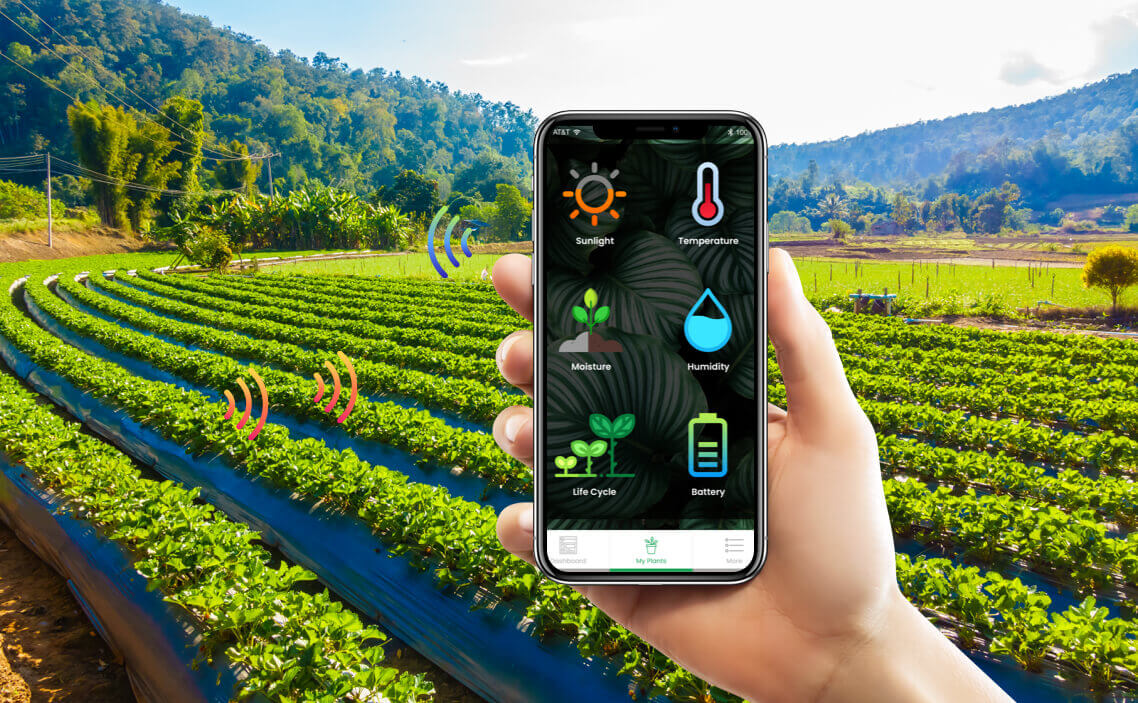
Greenhouse Management
The plants at a nursery or greenhouse are taken care of by a greenhouse manager. They are in charge of starting new plants from seeds and caring for existing ones by providing water, fertiliser, and insect control.
Our expertise in the field
Numerous applications allow for the continuous (inline) monitoring and management of the medium density, greatly decreasing the time and effort required for routine lab studies and sampling. Different physical measuring principles are offered by Endress+Hauser.
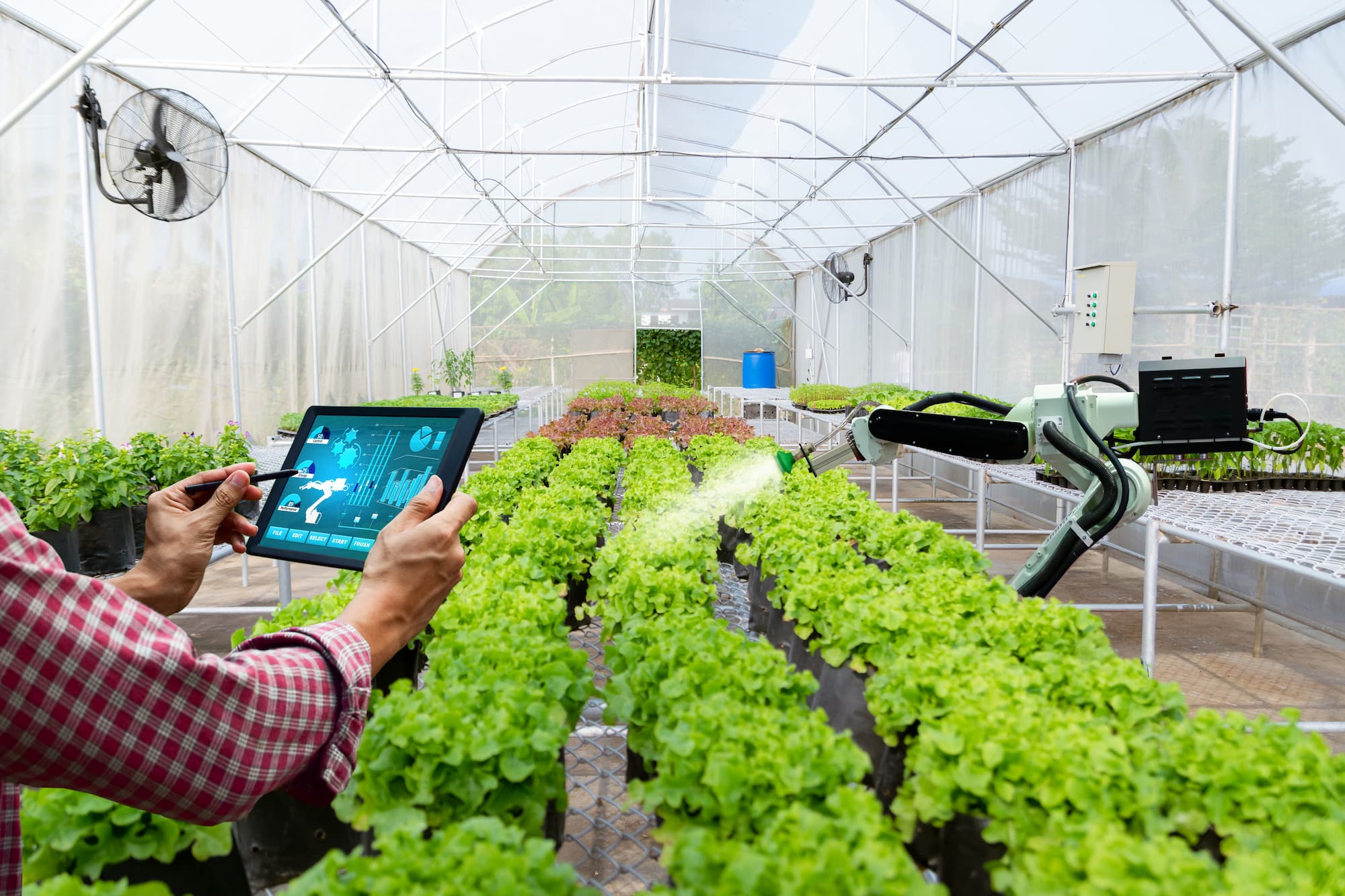
Greenhouse Prevention
Energy conservation Using renewable energy sources, such as solar, wind, and other sources, will cut back on the consumption of fossil fuels. As a result, less carbon dioxide is subsequently released into the environment.
Our expertise in the field
The crucial metrics colour and turbidity must be continuously monitored in order to ensure the success of each of these applications and procedures. Endress+Hauser provides a broad selection of optical sensors tailored to the needs of each individual application.
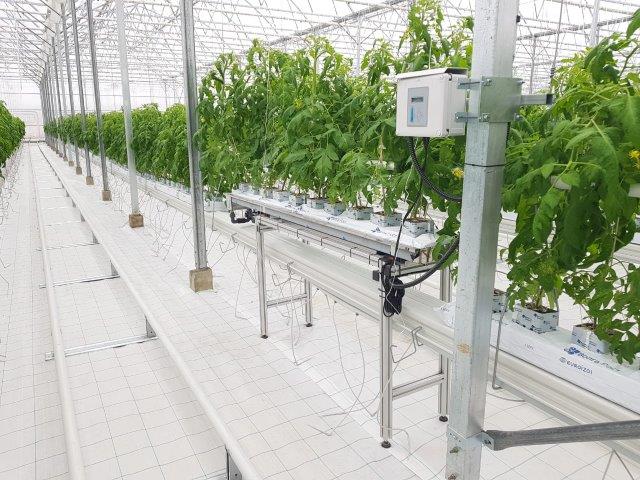
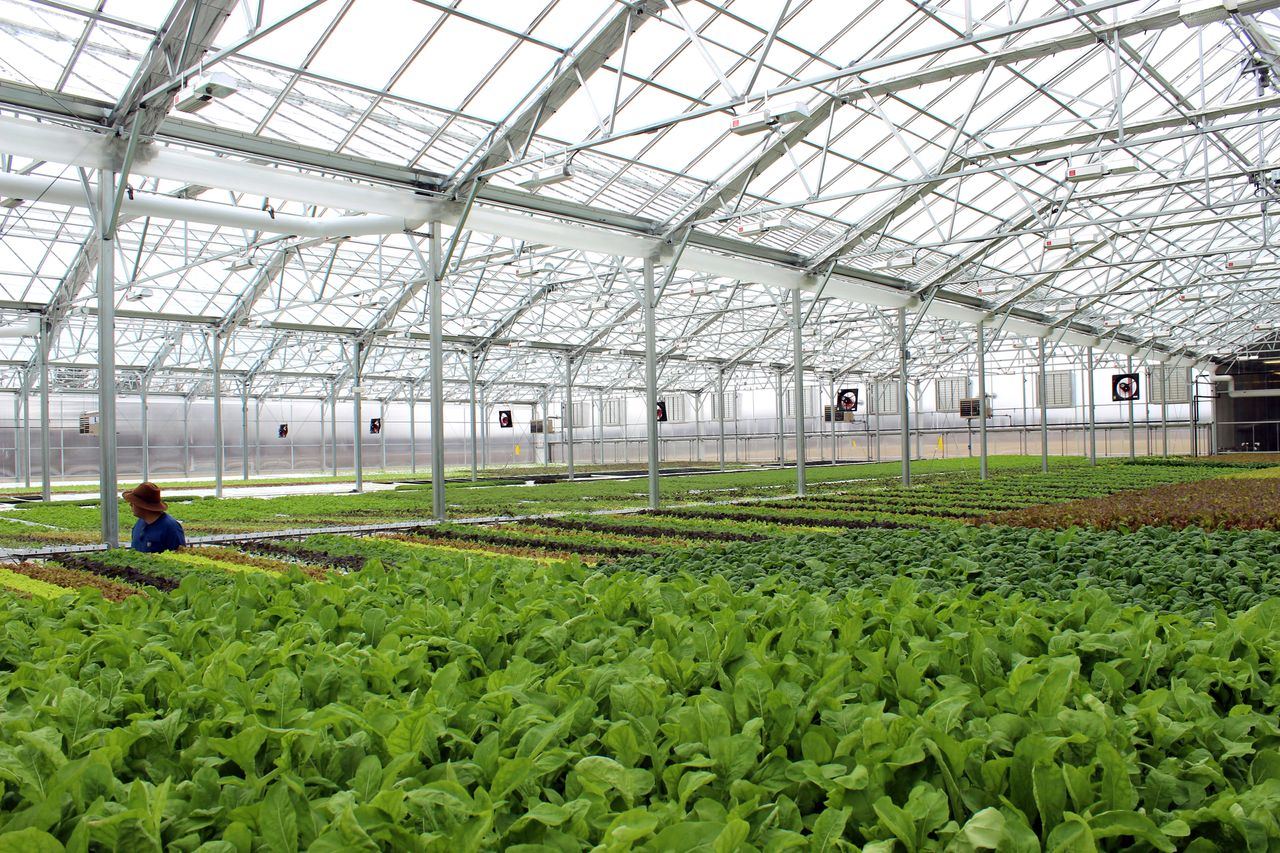
EQUIPMENT FOR GREENHOUSES
Agriculture green house green house instruments: A greenhouse (also known as a glasshouse or, if heated sufficiently, a hothouse) is a structure with walls and roof composed primarily of transparent material, such as glass, in which plants that require controlled climate conditions are grown. [1] The scale of these structures varies from modest sheds to large industrial complexes. A cold frame is a kind of small greenhouse. When a greenhouse is exposed to sunshine, the temperature within the greenhouse rises significantly above the outside temperature, insulating the contents from the cold.
Many commercial glass greenhouses or hothouses are state-of-the-art vegetable, flower, and fruit producing facilities. The glass greenhouses are outfitted with screening, heating, cooling, and lighting systems that can be controlled by a computer to maximize plant development conditions.
agriculture green house green house instruments
Need a Consultation? Contact Us 24/7
Innovative Test & Measurement Solutions for Market Leadership



